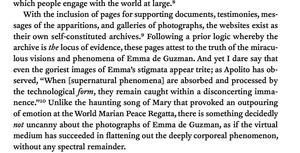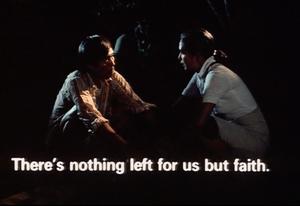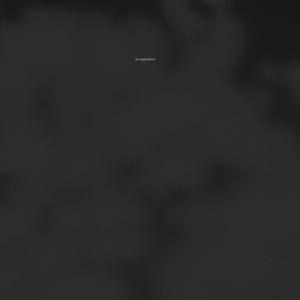
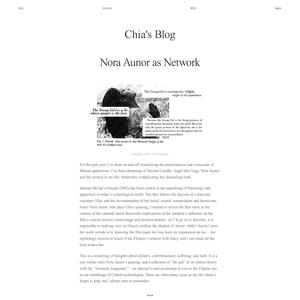

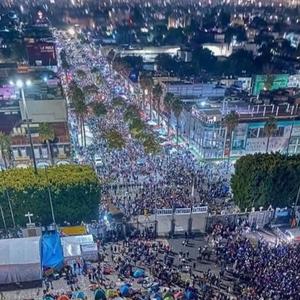
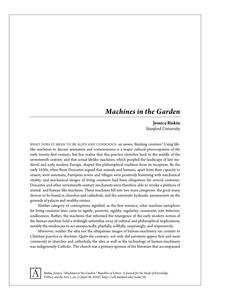
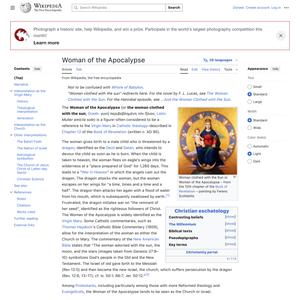
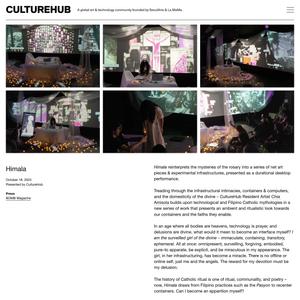
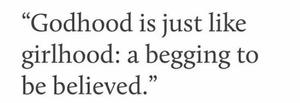

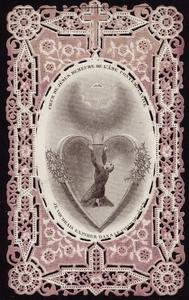
The history of Marian belief is a history of dispute and innovation. Faith is tested as appearances are contested. Already, these occur around the divisive figure of Mary, whose veneration is often challenged. Does her message draw away from Christ or bring us towards Him? What is worthy of belief? It is the burden of believers to prove, lest the reward for their devotion be branded as delusion.
— Chia Amisola, Documenting the Divine
10 months ago

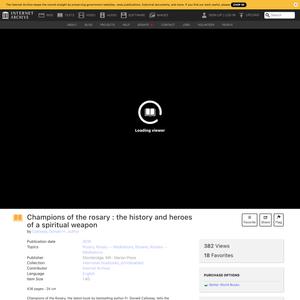
The rosary is a spiritual sword, containing the saving mysteries of the God-Man. It has the power to conquer sin, defeat evil, and bring about peace.
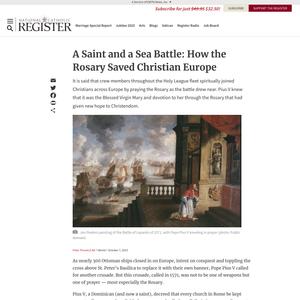
A lot of Net art was inspired by machine aesthetics, but we never did that. For us, it was always about the body, and we never forgot our bodies. All of the worlds that we create are ways to remind people of the real world and of real bodies. What we make is something that serves humanity and existence. It is not escapism. One attraction of Catholicism was that it was the first time someone said, “Your mind and body are not separate; you are your body and you are your spirit; you are an embodied soul and an ensouled body.” We were so used to thinking that our brains do one thing and our bodies another, and the spirit is something we can’t comprehend, if it exists at all. But we’re both physical and digital.
[...] since our conversion Auriea has thought a lot about why we, as broken people in a broken world, like fragments and glitches more than whole objects.
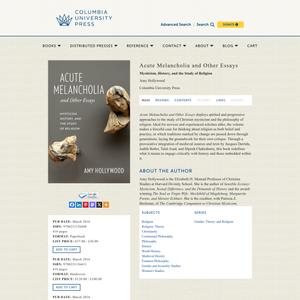
The extreme nature of the emotional and physical experiences of female mystics is often reflected through accounts of pain: its endurance and its transcendence. The repeated emphasis on the body as a site of encounter—through suffering and/or ecstasy—is simultaneous with, or makes way for, the spiritual encounter. The boundaries of the body are dissolved, and likewise is the boundary of the soul.
The body must be read in order for its knowledge to be translated as best as possible into writing; therefore “bodies—inner and outer, material and spiritual—become text.”
The divine all the while does not demand proof, but asks merely to be a mystery.
